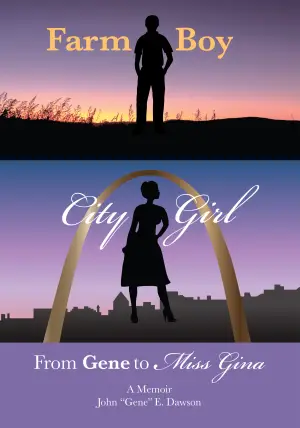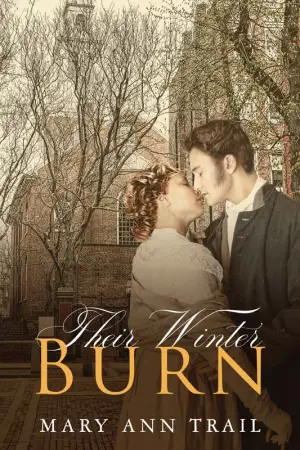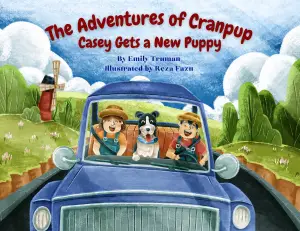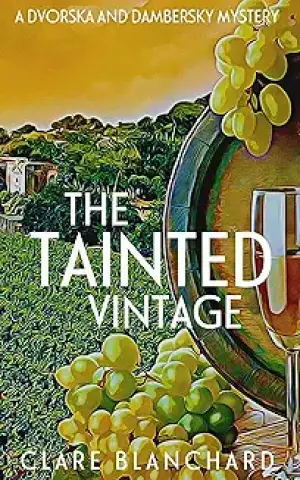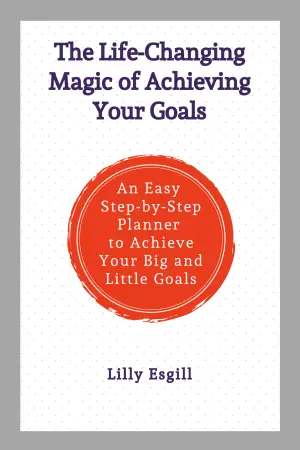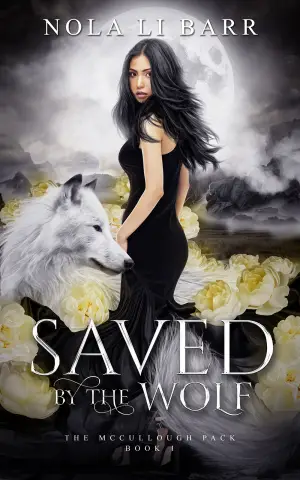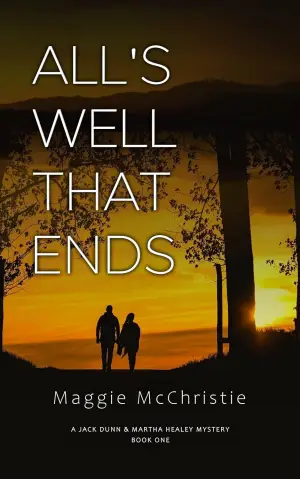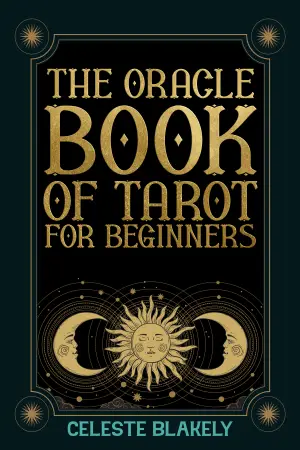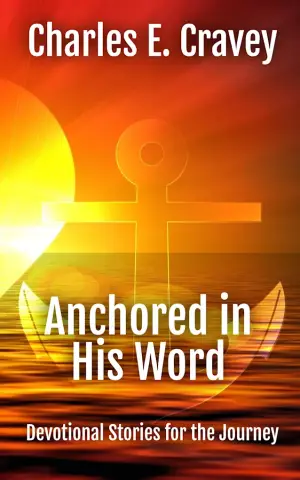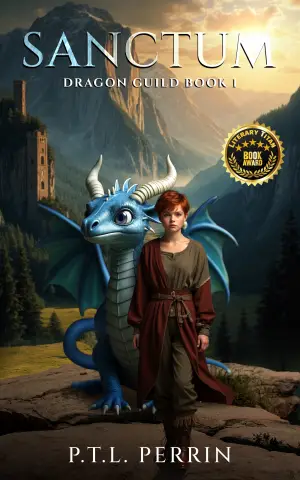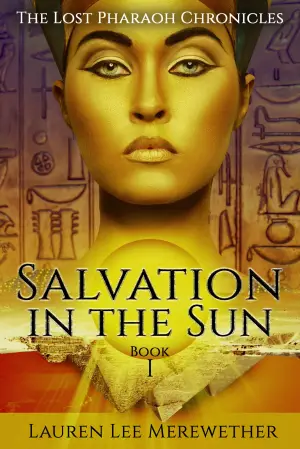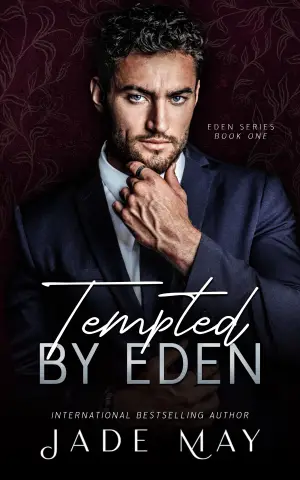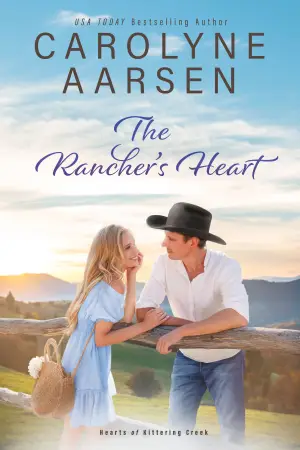A Journey Back to Forks: Rediscovering Twilight
When I picked up Twilight by Stephenie Meyer, I had no idea I was embarking on a wild nostalgia trip—one that would leave me exhilarated, infuriated, and contemplative all at once. I mean, can we just talk about how surprising it is that I actually turned the last page without needing a paramedic on standby? It’s a tad shocking, really, considering the endless barrage of memes mocking this series over the years. But revisiting this novel in a time when cultural discussions around it have shifted so dramatically made me realize just how rich its complexities are.
At its core, Twilight is a love story between the meek Bella Swan and the enigmatic Edward Cullen. There’s an undeniable thrill in their connection; it’s steeped in both desire and danger. What struck me upon rereading was the narrative’s underlying themes of identity and the struggle for belonging. Bella’s awkward transition from sunny Arizona to the perpetually drizzly Forks serves as a metaphor for her search for self amidst scrutiny—a struggle so familiar to many. I couldn’t help but root for her, relishing in her quiet resilience.
Meyer’s writing offers a mix of poetic imagery and nail-biting tension. While some might find it melodramatic, I appreciate how it captures the essence of teenage yearning. Lines describing Edward’s otherworldly allure practically shimmer, and moments filled with tension—like when Bella first senses the gravity of Edward’s existence—pop off the page. It’s a narrative technique that cleverly draws the reader into a world of magic and uncertainty.
Yet, as I can’t ignore, there are glaring nuances, particularly with how adult themes play out in a teen romance. Edward’s age vs. Bella’s teenage naiveté raises eyebrows that even the most devoted fans can’t brush aside. Phrases like “appallingly luscious” are cringeworthy and problematic when considering their age difference. It paints a complex picture where romance blurs lines that should be clearly defined. While I could embrace Bella’s struggles to navigate her family dynamics and newfound love, my adult lens couldn’t shake off the discomfort surrounding Edward’s nature.
Reflecting on the cultural backdrop of YA literature, I can’t help but lament how Twilight has been almost erased from the conversation of its influence on the genre. In an era where being strong and independent was starting to take center stage, Bella offers a different kind of roadmap—one that doesn’t fit neatly into the “strong female protagonist” box. This may come off as quiet, but is it weak? Not in my opinion. Her decisions resonate deeply, threading through themes of self-sacrifice, familial duty, and the quest for intimacy in a world that often feels hostile.
So who should dive into Twilight today? If you are a fan of romantic tension wrapped in melodrama, or if you’re curious about the roots of contemporary YA fiction, this book offers much to explore. Love it or hate it, Twilight is a cultural artifact that continues to spark discussion, and revisiting it might just provoke a good bit of self-reflection too.
In the end, my time in Forks reminded me of my own youthful fervor, rekindling the kind of passion that flares up when you first discover something—that fascinating, confusing blend of spooky and sweet that only Twilight can offer. Have opinions changed? Absolutely. But does the allure remain? Oh, you bet it does.
Discover more about Twilight (The Twilight Saga, #1) on GoodReads >>

